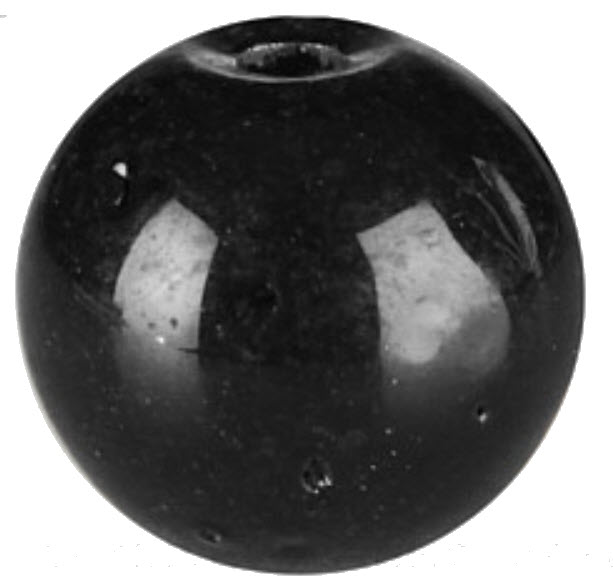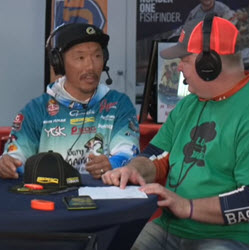
One of the great things about fishing is that everything old will become new again if we wait long enough. And so it is with the free rig, a new technique that’s really a take-off of the old Texas rig.
We’ll talk about building a free rig first and then we’ll talk about what it does and why it’s so effective.
The idea behind this rig is to create a finesse type of presentation but with weight so that it’ll get to the bottom quickly and so that it can be handled by conventional tackle. That’s easy enough to do if you do start with a sinker that has a tear drop shape and that has a circular line tie on the top of the bait.

Back in the day we called these sinkers Dipsy Weights, or sometimes just plain ‘ol catfish sinkers. In my opinion the best ones have round metal eyes on top. Some anglers like a swivel below the eye. That’ll help keep your line from twisting. I like the ones that are called drop shot sinkers.

Run your line through the eye and then add an 8 mm black bead so that it’s between the weight and the hook. You’ll want your hook to be a regular or light wire model. Avoid heavy hooks. You don’t need them and they’ll interfere with the finesse movement of the plastic bait.
My strong preference here is a VMC closed eye drop shot hook. They offer several models. Any of them will do the job. Match your hook to the size and thickness of your plastic.

You can use any bait that’s made on planet Earth but my choice is almost always a Berkley Powerbait Mantis Bug. It’s a 4-inch bait that has lots of appendages. It has all the features you want and it seems like you get the best performance from a free rig when you use a creature bait like that.
Color is optional. If the water’s clear or close to it, I go with something that looks natural and that matches the hatch. If the water’s a little stained or even darker than that, I go with black or something that has enough color to it that they can find it. There’s not much noise with this technique so you need to give the bass some help.
What happens when you cast a free rig is that the weight drops down the line to the hook and bait. This gives you easy casting, long and accurate. But when it hits the water the weight slips back, up the line and separates from the hook and bait. The weight drops straight down — fast — while the bait falls leisurely towards the bottom.
I know that some anglers say this rig is efficient anywhere but in my experience it’s at its best in open water or sparse cover. Places like long, wide flats running out from points or near creek mouths are perfect.

There’s a good video on the free rig done by FLW professional angler, Shinichi (Shin) Fuqua, for The Bass University. It’s only 5 minutes long but will give you a complete explanation of how this rig is put together, how it works and why it works. Click here to watch it.
Tip: Mess around with a punch skirt on your plastic. Depending on how you rig it, it’ll act like a parachute on the fall and it’ll make your plastic look like it’s breathing, kind of like a jellyfish.
Make the free rig a part of your bass fishing arsenal. It’ll give ever more pressured bass something new to look at, and bite.
______________________________________________________
Like Ike on Facebook, and follow him on Instagram for fishing and fun content.
Subscribe to Mike’s YouTube channel, Going Ike, to ensure you see every adventure video.
Return to Mike Iaconelli’s website
















